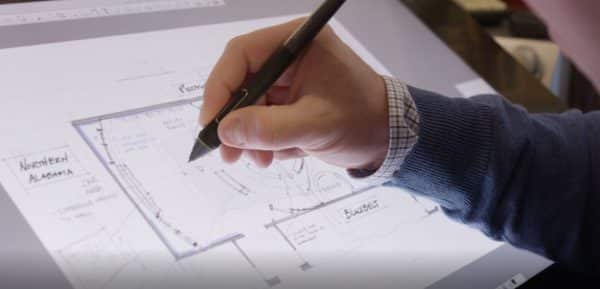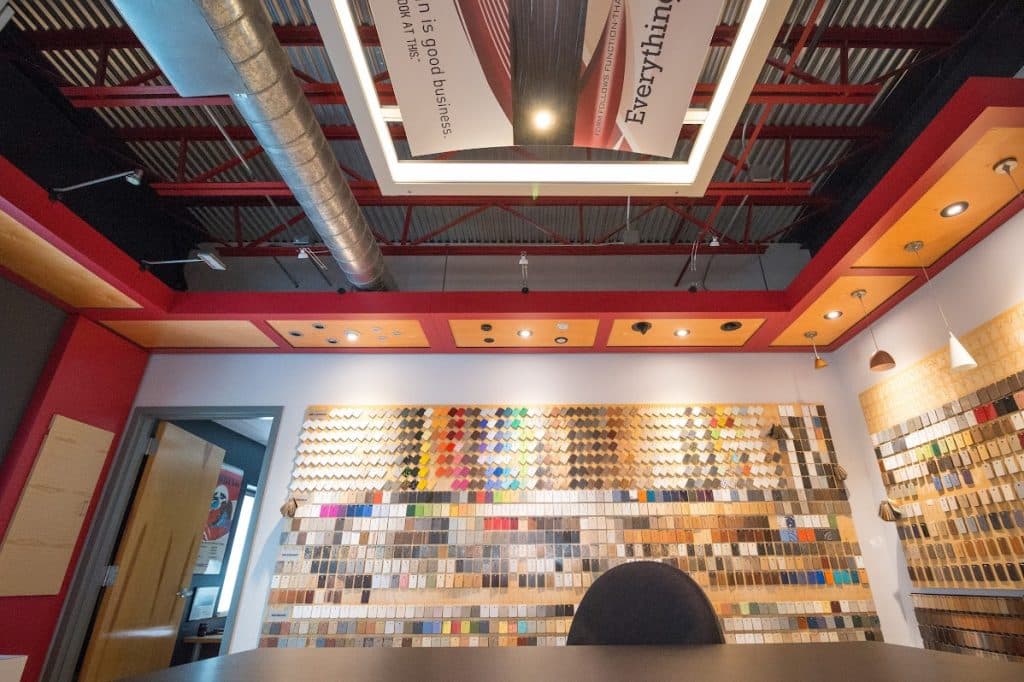Throughout my career whenever anyone asks me what I do I always hesitate to answer “I’m an industrial designer.” I have found that most people do not understand what that means so I have typically answered “I’m a product designer” or “an exhibit designer.” While trying to think of the best way to explain what industrial designers do, I recalled that I had already written a technical description of the product design process in June of 1992 as part of the requirements for my IND 223 class: Industrial Design Methods taught by Dr. Walter Schaer at Auburn University. Over the years I have found that the methodology, factors and phases of the design process outlined in that class apply to the design of all physical things (artifacts.) Following is an excerpt
The Three Functions of an Artifact
Every artifact has three functions that must be considered during the design process: the Human Function, the Technical Function and the Production Function. Industrial designers are primarily concerned with the relationship between man and the product. However, industrial design draws on all functions in order to accomplish the design task. The human function deals primarily with the practical use of a product. It is defined as human needs and divided into three subdivisions: social economic, cultural aesthetic and practical physiological. The social economic need deals with the economic factors relating to the user how much does it cost? The cultural aesthetic needs of a product deal with the factors of color, tactile response and form aesthetics.  The practical physiological needs are the factors that deal with the overall context of the design within its intended use. Used together these three human centered aspects of a product can help formulate the framework for a design based on the intended niche for that product. The next factor that the industrial designer turns to is the technical function. The technical function relates to the function and parts of an artifact. The technical process is divided into the direct technical function and the indirect technical function. The direct technical function deals with the relationship of the parts of an artifact to one another. The indirect technical function deals with the relationship of the object and its environment. As industrial designers we have to consider both aspects equally. The last factor in the design process is the production function. This function deals with the actual manufacturing of the artifact. The production process is broken down into the planning stage and the manufacturing stage. The planning stage includes the engineering drawings and tooling for the production of the product. The manufacturing stage is just that, the manufacture of the product. Industrial designers have little to do with the manufacturing stage from a design perspective. However, it is imperative that all production related design changes be handled through the designer himself. It is at this stage that many products lose their identity due to poor follow through by the designer.
The practical physiological needs are the factors that deal with the overall context of the design within its intended use. Used together these three human centered aspects of a product can help formulate the framework for a design based on the intended niche for that product. The next factor that the industrial designer turns to is the technical function. The technical function relates to the function and parts of an artifact. The technical process is divided into the direct technical function and the indirect technical function. The direct technical function deals with the relationship of the parts of an artifact to one another. The indirect technical function deals with the relationship of the object and its environment. As industrial designers we have to consider both aspects equally. The last factor in the design process is the production function. This function deals with the actual manufacturing of the artifact. The production process is broken down into the planning stage and the manufacturing stage. The planning stage includes the engineering drawings and tooling for the production of the product. The manufacturing stage is just that, the manufacture of the product. Industrial designers have little to do with the manufacturing stage from a design perspective. However, it is imperative that all production related design changes be handled through the designer himself. It is at this stage that many products lose their identity due to poor follow through by the designer.
The Design Process
The design process for an artifact requires several steps. The process is often circular by nature as new observations lead to new exploration. Designers must focus on the tasks related to the phase they are in but also remain mindful of the elements of the remaining phases. The first step in the design process is the research phase and it originates from an idea or need. A product niche has been born, now the designer must ask does this product/system make sense within the cultural, economic and social contexts in which it is intended to be used? Next, research of the history of this product is needed to learn the use of the product in order to become familiar with its intricacies. Then the problem must be formulated in relation to the performance of the human, technical and production contexts by placing the product into a system within the context of the design and relating its sub-systems, components and parts.Finally, all information is organized into a matrix to analyze all possible hypotheses of design solutions and prepare design specifications. The design development phase follows and it recalls steps from the previous section in order to generate new ideas based around the now defined context of the product. The first stage is to develop alternative design solutions (concepts.) All new solutions must now be analyzed, tested and evaluated in order to validate their hypotheses. Next, the best solutions require further development. The use of sketches, form models and mockups help to simulate actual performance and advance prototype design. Finally, based on a report from the previous steps, the optimal prototype is produced, tested and evaluated. Now the design is ready for the presentation stage. This begins with analyzing the design for production planning. All graphics for engineering, production, sales and use are finalized. This includes engineering drawings, perspective renderings and actual graphics used in advertising/packaging and on the product itself. Lastly a final report is assembled and presented both visually and orally. The last stage deals with the production, distribution, use, disassembly and disposal of the product. As designers our concern with these aspects is utilized during the entire design process, rather than at the end. This requires careful foresight and planning, as well as a watchful eye for needed production and market related changes.


